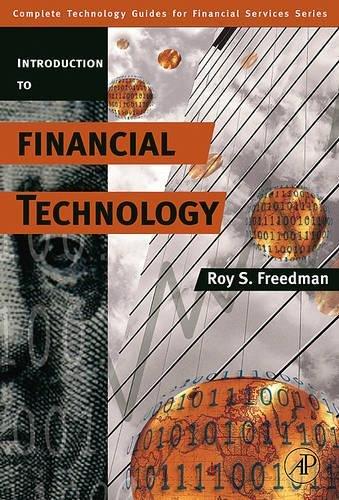Problem 5 (40 marks). Assume that you manage a risky portfolio with an expected rate of return of 18% and a standard deviation of 28%. The T-bill rate (risk-free rate) is 7%. Your client chooses to invest 70% in the risky portfolio in your fund and 30% in a T-bill money market fund. We assume that investors we mean-variance utility: U = E(r)-05 As?, where E(r) is the expected return, A is the risk aversion coefficient and o is the variance of returns a) What is the expected value and standard deviation of the rate of return on your client's portfolio? b) What is the reward-to-volatility ratio (Sharpe ratio of your risky portfolio? What is the reward-to-volatility ratio (Sharpe ratio) of your client's risky portfolio? Comment on the relationship between these two Sharpe ratio calculated and explain the intuition behind 8 mars c) Draw the Capital Allocation Line (CAL) of your portfolio on an expected return- standard deviation diagram. What is the slope of the CAL? Show the position of your client on your fund's CAL. d) Suppose that your client decides to invest in your portfolio a proportion y of the total investment budget so that the overall portfolio will have an expected rate of return of 16% (1) What is the proportion y? 2 mark! (b) What is the standard deviation of the rate of return on your client's portfolio? e) Your client's degree of risk aversion is A = 3.5. (1) What proportion, y, of the total investment should be invested in your risky fund? 2 marks () What is the expected value and standard deviation of the rate of return on your client's optimized portfolio? f) If your client's degree of risk aversion increases from A = 3.5 to A - 4.5. () What proportion, y, of the total investment should be invested in your risky fund? [2 marks] () Comparing your answers to d)) and e)), what do you conclude about the relationship between the proportion y invested in the your fund and your client's attitude toward risk? [3 marks (ii) Given that the optimal proportion of the risky asset in the complete portfolio is given by the equation y = kbpswhere ry is the risk-free rate, E(rm) is the expected return of the risky portfolio, ois variance of returns, and A is the risk aversion coefficient. For each of the variables on the right side of the equation, dis- cuss the impact of the variable's effect on y' and why the nature of the relationship makes sense intuitively. Assume the investor is risk averse. Problem 5 (40 marks). Assume that you manage a risky portfolio with an expected rate of return of 18% and a standard deviation of 28%. The T-bill rate (risk-free rate) is 7%. Your client chooses to invest 70% in the risky portfolio in your fund and 30% in a T-bill money market fund. We assume that investors we mean-variance utility: U = E(r)-05 As?, where E(r) is the expected return, A is the risk aversion coefficient and o is the variance of returns a) What is the expected value and standard deviation of the rate of return on your client's portfolio? b) What is the reward-to-volatility ratio (Sharpe ratio of your risky portfolio? What is the reward-to-volatility ratio (Sharpe ratio) of your client's risky portfolio? Comment on the relationship between these two Sharpe ratio calculated and explain the intuition behind 8 mars c) Draw the Capital Allocation Line (CAL) of your portfolio on an expected return- standard deviation diagram. What is the slope of the CAL? Show the position of your client on your fund's CAL. d) Suppose that your client decides to invest in your portfolio a proportion y of the total investment budget so that the overall portfolio will have an expected rate of return of 16% (1) What is the proportion y? 2 mark! (b) What is the standard deviation of the rate of return on your client's portfolio? e) Your client's degree of risk aversion is A = 3.5. (1) What proportion, y, of the total investment should be invested in your risky fund? 2 marks () What is the expected value and standard deviation of the rate of return on your client's optimized portfolio? f) If your client's degree of risk aversion increases from A = 3.5 to A - 4.5. () What proportion, y, of the total investment should be invested in your risky fund? [2 marks] () Comparing your answers to d)) and e)), what do you conclude about the relationship between the proportion y invested in the your fund and your client's attitude toward risk? [3 marks (ii) Given that the optimal proportion of the risky asset in the complete portfolio is given by the equation y = kbpswhere ry is the risk-free rate, E(rm) is the expected return of the risky portfolio, ois variance of returns, and A is the risk aversion coefficient. For each of the variables on the right side of the equation, dis- cuss the impact of the variable's effect on y' and why the nature of the relationship makes sense intuitively. Assume the investor is risk averse







